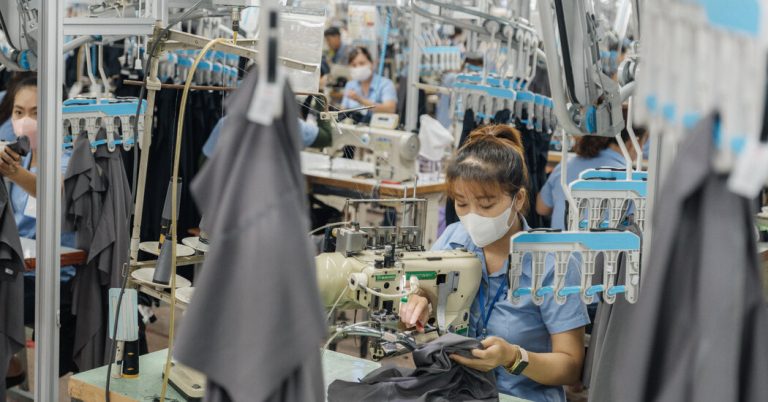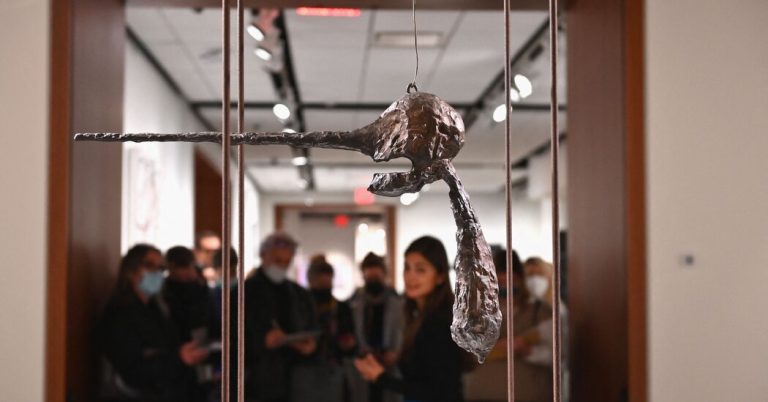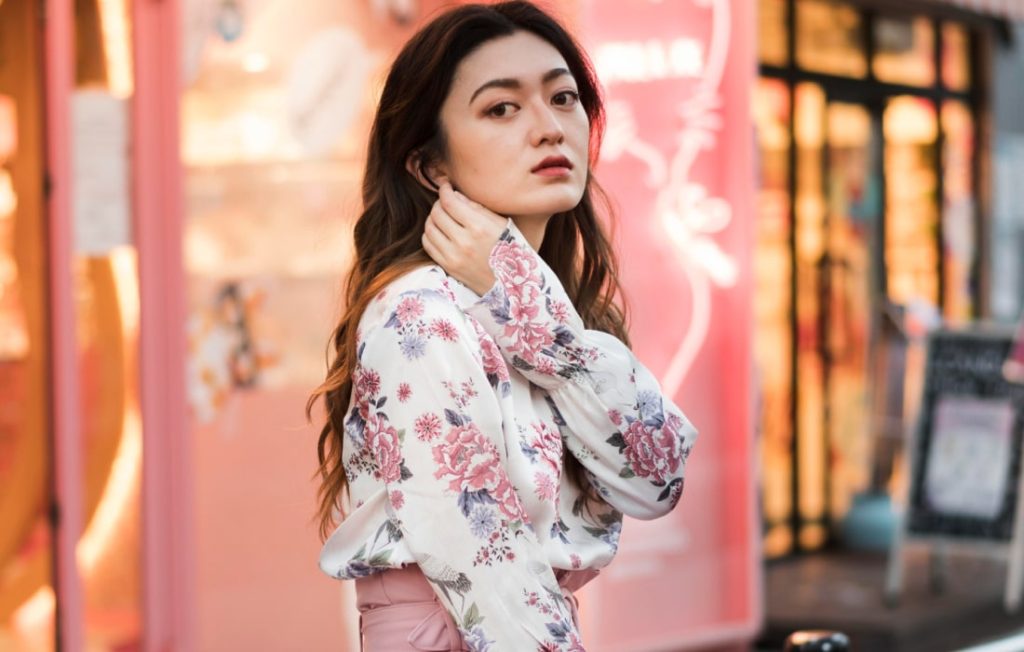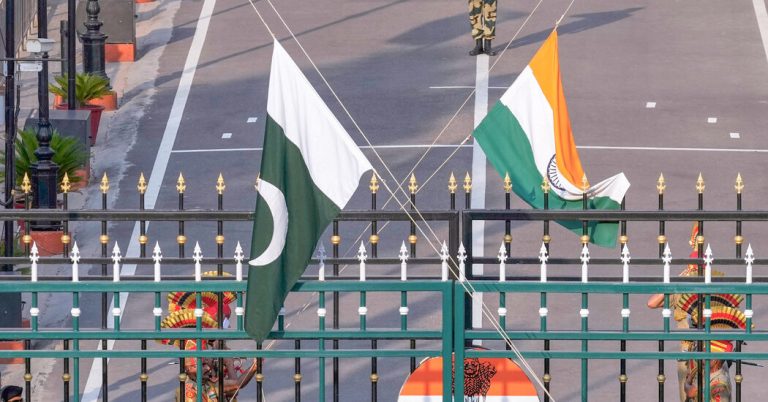Saudi Arabia and other Gulf states are sending their diplomats to try to de-escalate the conflict between India and Pakistan at a moment of particular global disarray.
India and Pakistan have been on a collision course for two weeks, after India accused its neighbor of involvement in a terror attack on April 22 in the Indian-controlled side of Kashmir, a region both countries claim. Indian airstrikes hit targets in Pakistan and the Pakistani-controlled side of Kashmir on Wednesday. The United States, which has played an important role during earlier moments of crisis, has so far remained on the sidelines.
While calls for de-escalation have come from around the world, a senior Saudi diplomat has had face-to-face meetings with both sides. Adel al-Jubeir, Saudi Arabia’s minister of state for foreign affairs, was in New Delhi on Thursday and went to Islamabad on Friday.



















